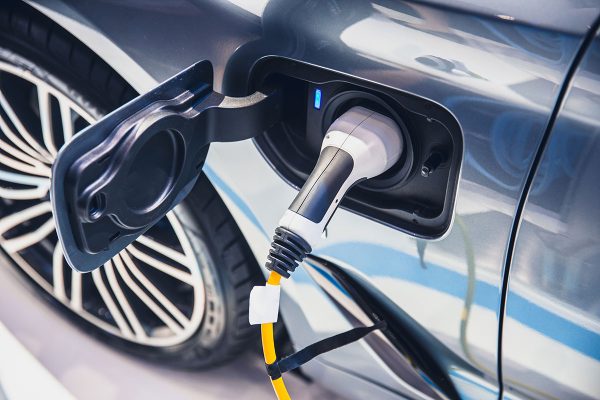UPDATED Advisory Fuel Rates (AFR) have been released by HMRC, effective from today – June 1, 2023.
The rates apply to employees using a company car and can be used to either reimburse employees for business travel in their company cars or if employees need to repay the cost of fuel used for private travel.
Changes see a slight reduction in AFR for diesel, between 1p and 2p per mile depending in engine size, while there is no change for petrol or electric vehicles.
AFR for petrol vehicles
| Up to 1,400cc | 13 pence (no change) |
| 1,401cc – 2,000 cc | 15 pence (no change) |
| Over 2,000cc | 23 pence (no change) |
AFR for diesel vehicles
| Up to 1,600cc | 12 pence (minus 1p) |
| 1,601cc – 2,000 cc | 14 pence (minus 1p) |
| Over 2,000cc | 18 pence (minus 2p) |
The Advisory Electricity Rate (AER) for EVs remains unchanged at 9p per mile while for hybrid vehicles, the petrol or diesel AFRs apply
If the mileage rate you pay is no higher than the advisory fuel rates for the engine size and fuel type of the company car, there will be no taxable profit and no Class 1A National Insurance to pay.
If your cars are more fuel efficient, or if the cost of business travel is higher than the guideline rates, you can use your own rates to reflect your situation.
If you pay rates that are higher than the advisory rates but cannot show the fuel cost per mile is higher, there will be no fuel benefit charge if the mileage payments are only for business travel. Instead, you’ll have to treat any excess as taxable profit and as earnings for Class 1 National Insurance purposes.
Employees to repay the cost of fuel used for private travel
There will be no fuel benefit charge if you correctly record all private travel mileage and use the correct rate (or higher), to work out how much your employees must repay you for fuel used for private travel.
You will not need to use the advisory rates where you can show that employees cover the full cost of private fuel by repaying at a lower mileage rate.
HMRC review rates quarterly on:
- 1 March
- 1 June
- 1 September
- 1 December
The mean miles per gallon (MPG) is taken from manufacturers’ information, taking into account annual sales to businesses (Fleet Audits average 2019 to 2021).
For liquefied petroleum gas (LPG), the MPG used is 20% lower than for petrol due to lower volumetric energy density.
The ‘rates per mile’ calculated in these tables are shown rounded to one decimal place, but the final advisory fuel rates are rounded to the nearest whole penny.
Rates per mile which end in 0.5 are rounded down to the nearest whole penny for the advisory fuel rate when the underlying unrounded figure ends in a number less than 0.5 (for example 0.487).
When the underlying unrounded figure ends in a number greater than 0.5 (for example 0.513) it is rounded up to the nearest whole penny.
The latest petrol and diesel prices are taken from the Department for Business, Energy and Industrial Strategy and the LPG (UK average) is from the Automobile Association website.
The advisory electric rate for fully electric cars is calculated using electrical price data from:
- Department for Business, Energy & Industrial Strategy (BEIS)
- Office for National Statistics (ONS)
- car electrical consumption rates from the Department for Transport (DfT)
- annual car sales volumes to businesses (Fleet Audits average for the last 3 years)
The BEIS annually published “pence per kWhr” cost is uprated by the quarterly ONS Consumer Prices Index for electricity to account for quarterly price variations.
The value of the Annual Equivalent Rate is then calculated by taking the cost of electricity per mile for each model provided by the DfT and electricity price data from BEIS and ONS. Based on company car sales data across the last 3 years, a weighted average value of the electrical costs per mile for a fully electric car is then calculated.








